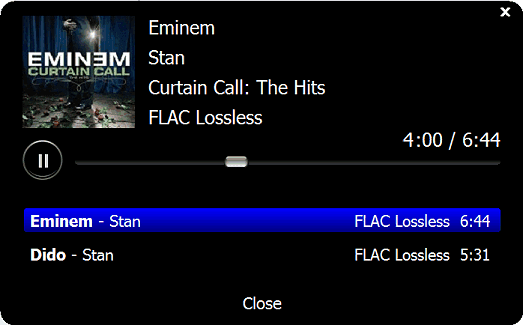
After the Civil War, Campanella says, “the somber stone appealed to a nation in mourning” - though, I have to admit, the various shades of chocolate have never struck me as somber. It’s hard to imagine a more iconic image of Brooklyn than the brownstone, named for the material that came into fashion during the residential development booms of the 1800s. All of this disappeared by the 1930s, when the plant closed and Robert Moses ordered the residents to leave the whole place was bulldozed, filled in and turned into an unrecognizable part of the Rockaways. But hellish as it could be, Barren Island was also a home, with a main street and one of the first racially integrated schools in New York City. The island also housed a plant that refined fish into oil and fertilizer the smell was unimaginable - and, later, when waste-processing facilities replaced this plant, unspeakable odors wafted as far as Lower Manhattan. Here, in the late 1800s, corpses of thousands of horses were boiled down into lamp oil, glue and bone buttons. In what might be the book’s most fascinating and evocative chapter, Campanella explores the little-known history of Barren Island. When that trade disappeared, their society went with it.

Again and again in this book, the reader sees how progress and development come at a cost, beginning when the Canarsee tribespeople abandoned hunting and nomadic living to trade beaver pelts with the Dutch and English. Still, no one theory fully explains Brooklyn’s knack for encompassing America’s best and worst tendencies, often simultaneously. It has also provided a home for people actively exiled, as in the case of the former slaves who found sanctuary in the abolitionist churches and all-black settlements of Brooklyn Heights and Crown Heights.

From the outset, Brooklyn has been a “displacement zone” for ideas, personalities and movements that weren’t quite ready to make it in the Big Apple. The other unignorable geographic fact that shaped Brooklyn’s character and destiny is its proximity to Manhattan, which it didn’t formally join as a borough of New York City until 1898.
ILLUSTRATE PERFECTTUNES REVIEW SERIES
Where should a historian focus, given such a wealth of data and experience and lives lived in close proximity? Thankfully, Campanella takes a practical approach: Instead of attempting a chronology that traces themes or communities through the decades and centuries, he treats each chapter as a self-contained deep dive into a particular part of the borough, describing how that place came to be - and, in some cases, how it ended up demolished or abandoned.įor the purposes of this illuminating and sometimes maddening book, the history of Brooklyn is a series of experiments with unpredictable and uneven results. Campanella, who lives in Marine Park and teaches history at Cornell. The prospect of writing a history of such a multilayered city must have been daunting even for as qualified a fourth-generation Brooklynite as Thomas J.

A single block can contain centuries’ worth of information, memories and relics left by heroes and villains alike.
ILLUSTRATE PERFECTTUNES REVIEW FULL
Of course, were I to walk the same streets today, the tour would include landmarks relevant to my own history, many of them now gone: “This New York Sports Club was once a crazy Polish nightclub I reviewed for New York magazine’s website! The waitresses dressed like Paris Hilton and carried neon-lit trays full of vodka drinks.” And so forth.īrooklyn’s history, both macro and micro, is as specific and varied as its inhabitants. I discovered that I liked walking backward down Franklin Street, pointing out landmarks built by whale-oil magnates in the 1800s. Years ago, when I lived in the Greenpoint section of Brooklyn, I invested in a book of neighborhood walking tours so I could enlighten family members who came to visit. BROOKLYN The Once and Future City By Thomas J.


 0 kommentar(er)
0 kommentar(er)
